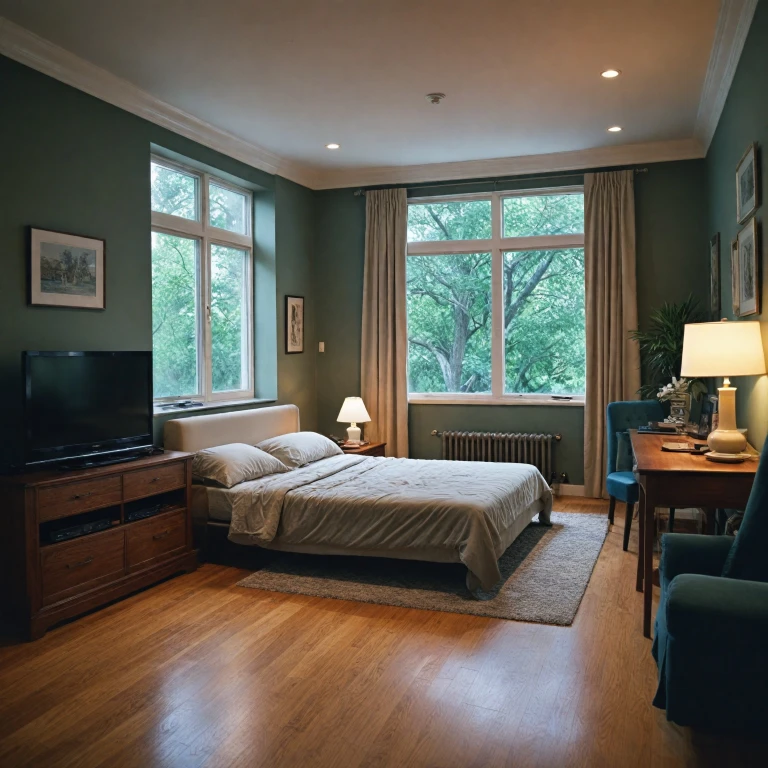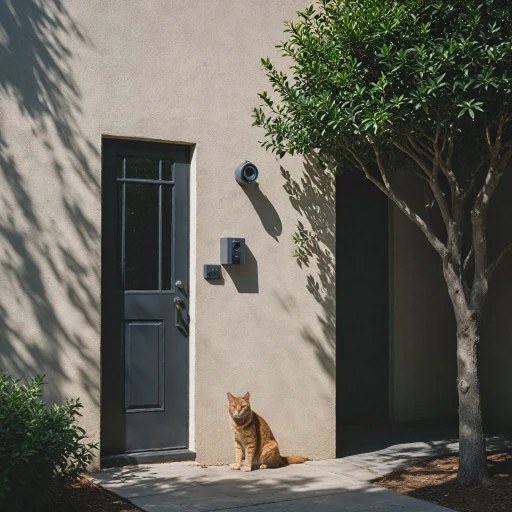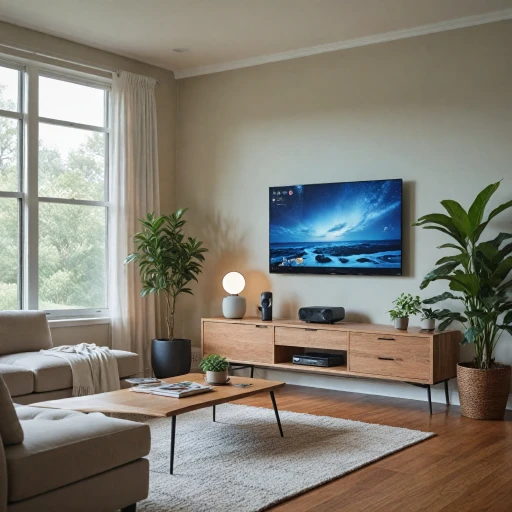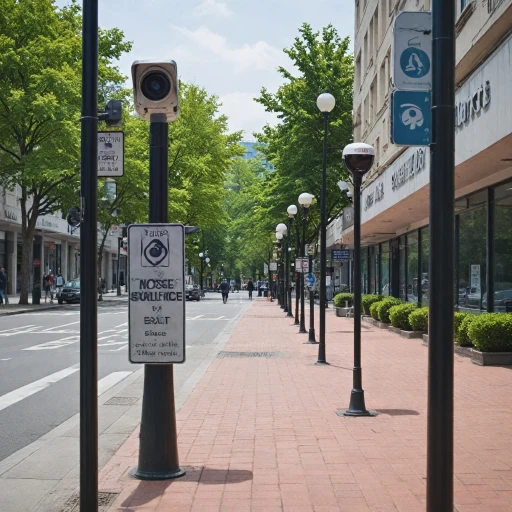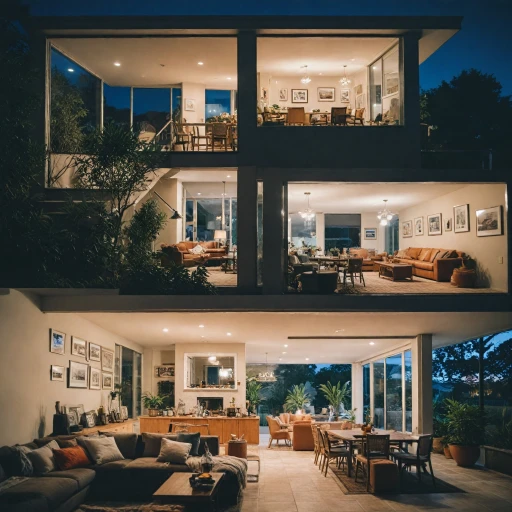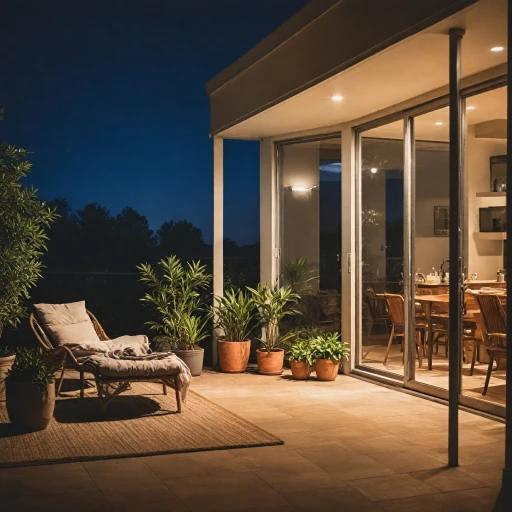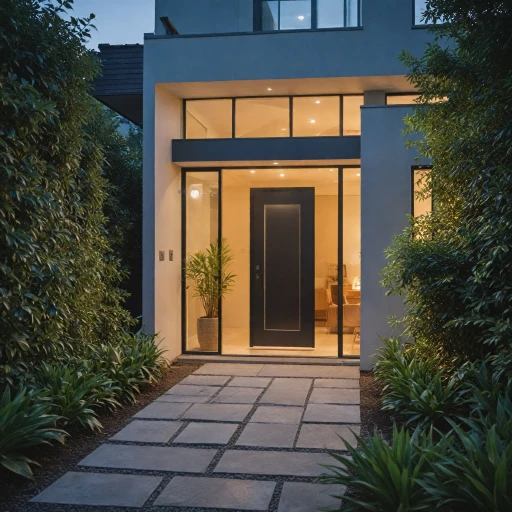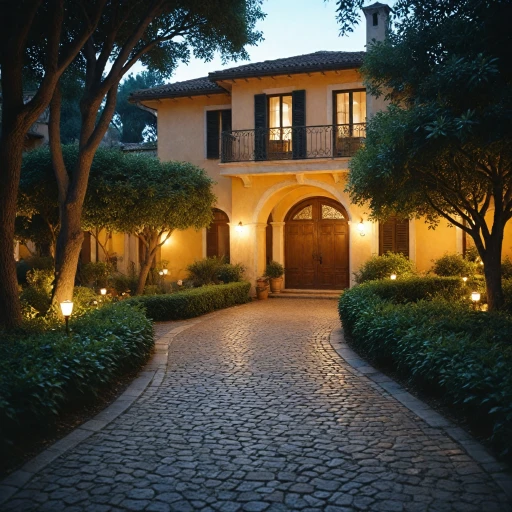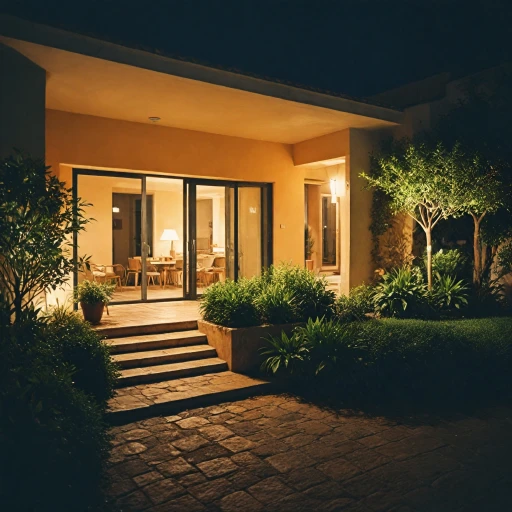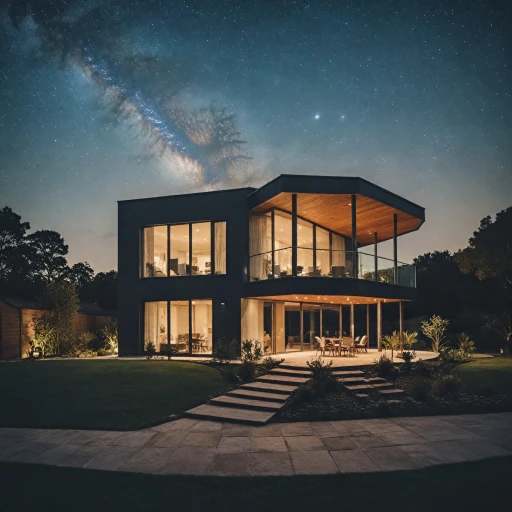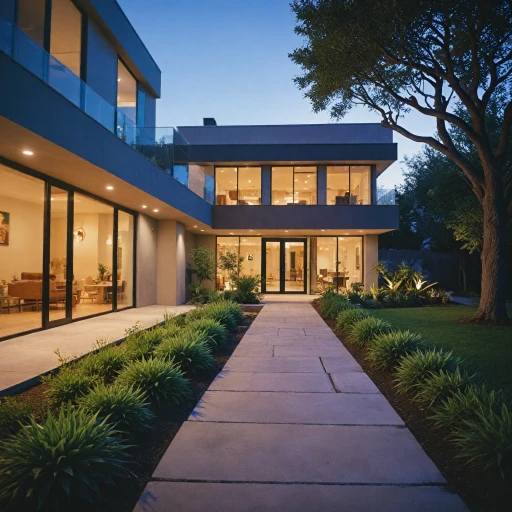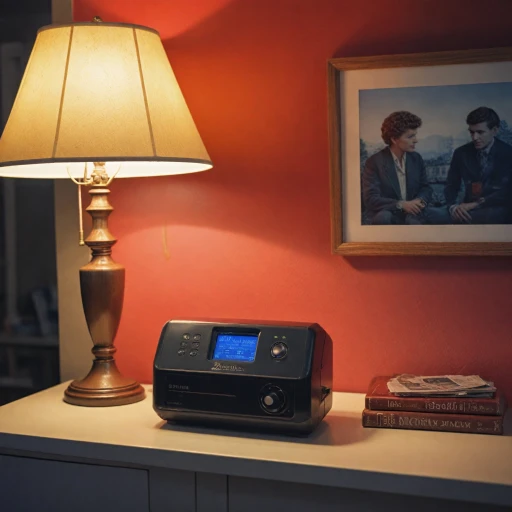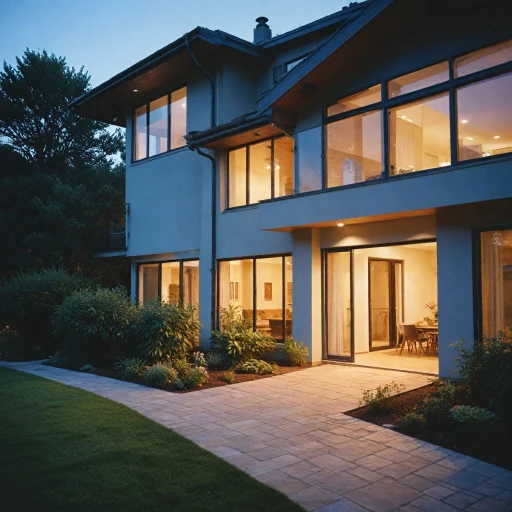
Understanding Night Vision Technology
Delving into Night Vision Capabilities
Night vision technology is a critical element when considering security cameras, especially for monitoring areas during low-light conditions. Understanding how this technology works can help you make an informed decision about integrating it into your home security system.Modern security cameras equipped with night vision typically use infrared (IR) LEDs to illuminate the area they are monitoring. This infrared light is invisible to the human eye but is crucial for creating a clear video feed in the dark. Some advanced models, like those offered by companies such as Lorex, even provide color night functionalities, improving the viewing experience by capturing images in color rather than the traditional black and white.
When evaluating night vision cameras, consider the field of view and how it impacts what the camera can capture at night. Cameras with a broader field can monitor larger areas, making them particularly useful for outdoor security.
Additionally, battery-powered or wire-free outdoor cameras might incorporate motion detection to conserve battery life, only activating the LEDs when movement is detected. If opting for a smart camera system compatible with Alexa or Google, ensure that it integrates with these platforms for seamless voice-controllable operation.
Understanding the specifics of night vision technology, such as the capabilities of infrared light and motion detection, is vital. For further insights into ensuring your home security setup is as efficient as possible, you might want to explore the intricacies of your base station's operations through resources like "understanding the red light on your home security base station."
Key Features to Look for in Night Vision Cameras
Considerations for Choosing Night Vision Cameras
Selecting the right night vision cameras for your home security system can significantly impact its efficacy. Several key features should guide your decision to ensure optimal safety and performance.
Video Resolution
A high-resolution night vision security camera captures more detailed images and videos, making it easier to identify individuals and incidents. Consider at least 1080p resolution to ensure clarity, especially in an outdoor setting.
Field of View
The field of view is critical in determining how much area your camera can cover. A wider field of view can reduce the number of cameras required to monitor your home effectively.
Night Vision Range
The range of the night vision functionality determines how far your camera can 'see' in complete darkness. Look for infrared cameras with a good range to cover large outdoor areas or long driveways.
Motion Detection
Advanced motion detection features can alert you to any movement within the camera's range. This might include distinguishing between irrelevant movement (e.g., animals) and potential security threats, which can be crucial at night.
Storage Options
Consider your storage needs by choosing a camera with flexible storage options. Cameras with local storage capabilities, like an SD card, offer additional security as a backup to cloud storage systems.
Battery Life and Power Source
Battery life can determine how long your camera can function without needing a recharge. Wire-free, battery-operated cameras provide installation flexibility, while floodlight cameras might require a direct power source but offer continuous operation.
Smart Integration
If smart home integration is essential, ensure your camera system is compatible with platforms like Alexa or Google Assistant. This allows you to control your cameras with voice commands and integrate them into your broader smart security system.
Weather Resistance
Outdoor security cameras need to withstand diverse weather conditions. Look for rugged models with a high weather resistance rating, ensuring longevity and reliability in any season.
Interested in enhancing the recognition capabilities of your cameras? Check out our guide on improving facial recognition in home security cameras.
Comparing Different Types of Night Vision Cameras
Categories of Night Vision Cameras for Different Needs
When venturing into the realm of night vision cameras, it's crucial to understand the various types available in the market to find the best match for your security needs. These cameras differ in technology, functionality, and application, which means each has its strengths and limitations.
Infrared vs. Color Night Vision Cameras
Infrared Cameras: Infrared night vision cameras are equipped with infrared LEDs that enable them to capture video in poor lighting conditions. These cameras primarily deliver black-and-white video but are preferred for their reliable performance in total darkness.
Color Night Vision Cameras: On the other hand, color night vision cameras provide the advantage of capturing video in color even in low-light scenarios. Utilizing advanced low-light sensors, such as those seen in a Nest Cam, they enhance the amount of ambient light, offering a more vivid field view and better details.
Wired vs. Wire-Free Cameras
Wired Systems: Wired night vision security cameras are often chosen for their stable and high-quality video transmission. They are ideal for permanent installations and locations where continuous power and reliable data transport are critical.
Wire-Free Systems: Wire-free options, generally operating on battery power, provide greater flexibility regarding placement and installation. These cameras, including some models by Lorex, are suited for areas where drilling or wiring is challenging, offering ease of installation and portability.
Standalone vs. Integrated Systems
Standalone Cameras: Standalone night vision security cameras are perfect for those looking for a simple and effective outdoor security solution. They often include advanced features like motion detection and local storage options.
Integrated Systems: If you wish for a comprehensive security setup, integrated systems that connect to existing security systems or smart home networks, including Alexa or Google, offer excellent synergy. These systems provide enhanced functionalities and seamless operations with other smart devices.
For those intrigued by optimizing their setup, consider how installation impacts effective security camera placement.
Installation Tips for Optimal Performance
Positioning for Maximum Coverage
When installing night vision security cameras, the placement is crucial to ensure optimal performance. Consider the field of view and potential obstructions. For outdoor security, position the cameras at a height that captures a wide area while minimizing blind spots. Ensure the infrared sensors have a clear line of sight to detect motion effectively.
Lighting Considerations
While night vision cameras are designed to work in low-light conditions, the presence of ambient light can enhance the color night vision capabilities. Install cameras near sources of light, like a floodlight camera, to improve image quality. However, avoid direct exposure to bright lights, which can cause glare and reduce video clarity.
Power and Connectivity
Decide between wire-free options with long battery life or wired systems for continuous power. Ensure a stable connection to your security systems, whether through Wi-Fi or a wired network. For outdoor cameras, consider weatherproof models to withstand environmental conditions.
Integration with Smart Home Systems
Enhance your security setup by integrating cameras with smart home systems like Alexa or Google Assistant. This allows for voice control and seamless operation with other smart devices. Ensure compatibility with your existing security camera systems for a cohesive setup.
Testing and Adjustments
After installation, test the motion detection and night vision capabilities. Make necessary adjustments to the camera angles and settings to ensure the best performance. Regular maintenance and updates to the camera firmware can also enhance functionality and security.
Common Challenges and Solutions
Tackling Night Vision Challenges and their Solutions
When setting up night vision security cameras, several challenges are common, but solutions are available to ensure optimal performance. Understanding these issues and how to address them will enhance the overall security system.Lighting Conditions
Poor lighting can impair the functionality of a night vision camera. To mitigate this, consider adding an infrared floodlight camera or opting for a model with excellent low-light performance. Using cameras with color night vision can also improve identification in darkness.Image Quality and Storage
Image quality can be compromised during night-time recording. Choose cameras that provide HD video and have noise reduction capabilities. Ensure your security camera allows for local storage or integrates well with cloud-based solutions for easy retrieval and review of footage.Field of View and Placement
Improper positioning can limit the camera’s field view. Mount cameras at strategic locations to maximize coverage and minimize blind spots. Adjust the angle to ensure the camera captures all required areas, particularly when monitoring strategic zones like entry points or vulnerable points.Power Supply and Battery Life
Battery life can be a constraint for wire-free outdoor security cameras. Opt for systems with efficient battery management to reduce maintenance frequencies. Alternatively, using hardwired options can provide consistent power and more reliable operation.Motion Detection Issues
Motion detection can be overly sensitive, leading to false alarms. Use motion detection cameras with adjustable settings to avoid constant alerts. Consider cameras with smart detection features to accurately discern between potential threats and non-threatening movement. By addressing these common challenges, your night vision security system can deliver the performance and reliability needed to keep your property protected efficiently.Integrating Night Vision Cameras into a Smart Home System
Smart Integration for Enhanced Security
Integrating night vision cameras into a smart home system can significantly enhance your security setup. By connecting your cameras with smart devices, you can create a seamless and efficient security network that offers real-time monitoring and alerts.
Compatibility with Smart Assistants
One of the first steps in integrating your night vision security cameras is ensuring compatibility with smart assistants like Alexa or Google Assistant. This allows you to control your cameras using voice commands, making it easier to manage your security system without needing to interact directly with the devices.
Centralized Control Systems
Consider using a centralized control system to manage all your smart home devices, including your night vision cameras. This can be achieved through a dedicated app or a smart home hub, which enables you to monitor video feeds, adjust settings, and receive motion detection alerts from a single interface.
Automated Lighting and Motion Detection
Integrating your cameras with smart lighting systems can enhance their effectiveness. For instance, pairing your cameras with floodlight cameras can improve visibility and deter potential intruders. Additionally, smart motion detection systems can trigger lights or alarms, providing an extra layer of security.
Optimizing Storage and Battery Life
When integrating your cameras into a smart home system, consider the storage options and battery life. Opt for cameras with local storage capabilities to ensure footage is saved securely. For wire-free options, ensure the battery life is sufficient for your needs, and consider solar-powered solutions for outdoor cameras to maintain continuous operation.
Field of View and Video Quality
Ensure your cameras are strategically placed to maximize their field of view and video quality. This involves considering the placement of your cameras in relation to other smart devices and ensuring they cover critical areas of your property. High-resolution cameras with color night vision can provide clearer images, enhancing your overall security system.
By thoughtfully integrating night vision cameras into your smart home system, you can create a robust security network that offers peace of mind and protection for your home.

